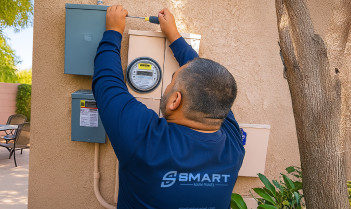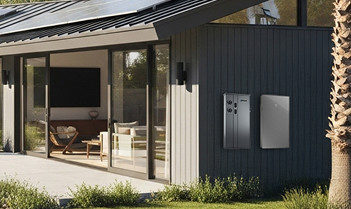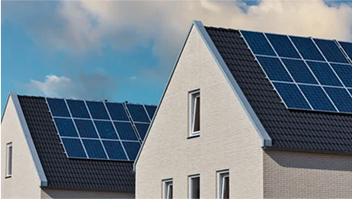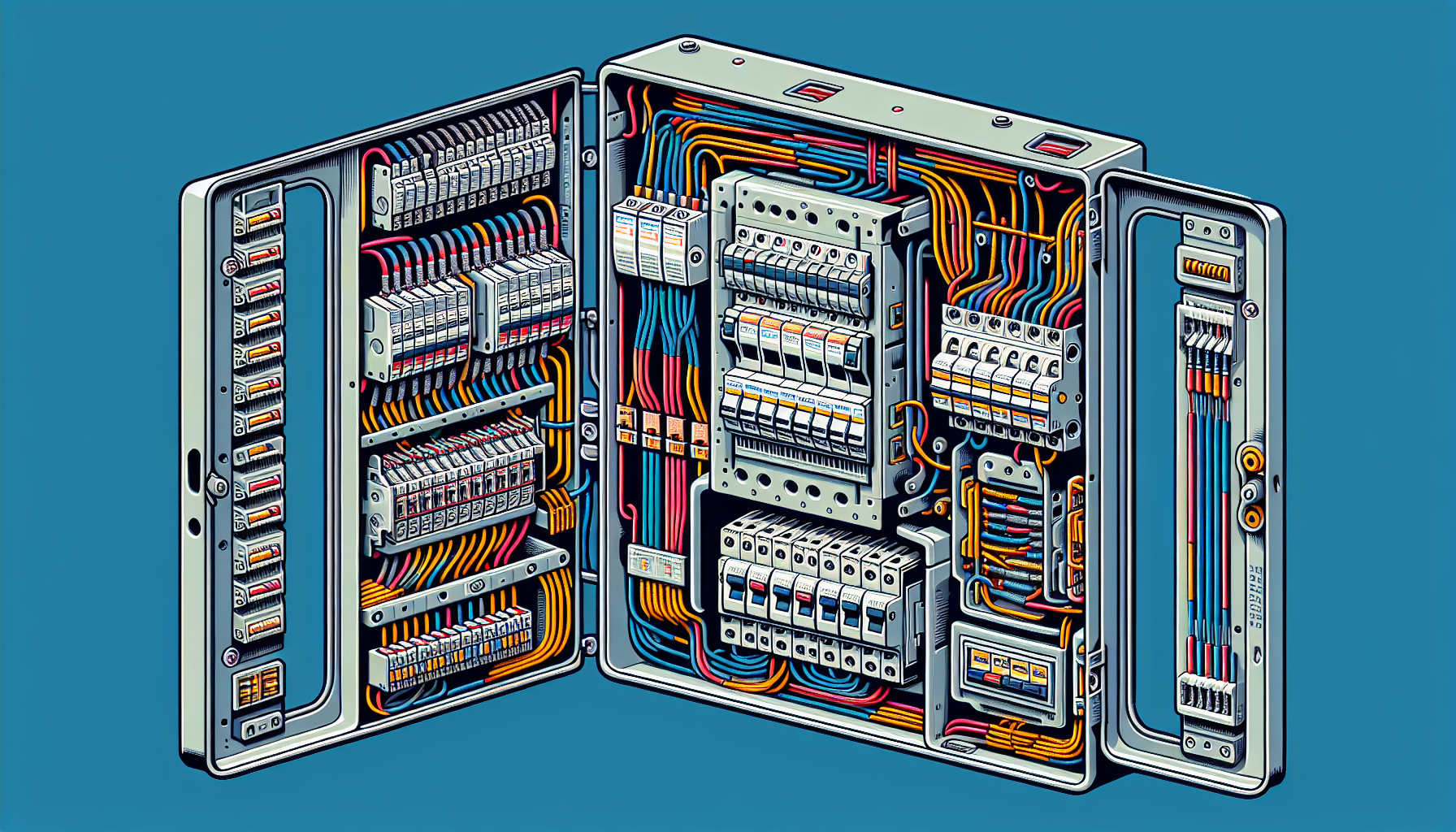
Date
What Is The Basic Electrical Panel?
In this article, you will gain a clear understanding of the basic electrical panel. It is important to have a solid foundation of knowledge when it comes to understanding the workings of electricity in your home. From powering up your appliances to illuminating your living space, the electrical panel plays a vital role in ensuring your electrical system runs smoothly. So, let’s shed some light on what the basic electrical panel is all about.
What is the Basic Electrical Panel?
The basic electrical panel, also known as the electrical service panel or breaker box, is an essential component in every home’s electrical system. It serves as the main distribution point for electricity, providing power to all the circuits in your house. Understanding the basics of the electrical panel is crucial for any homeowner, as it allows you to identify and troubleshoot electrical issues, as well as ensure the safety and efficiency of your electrical system.
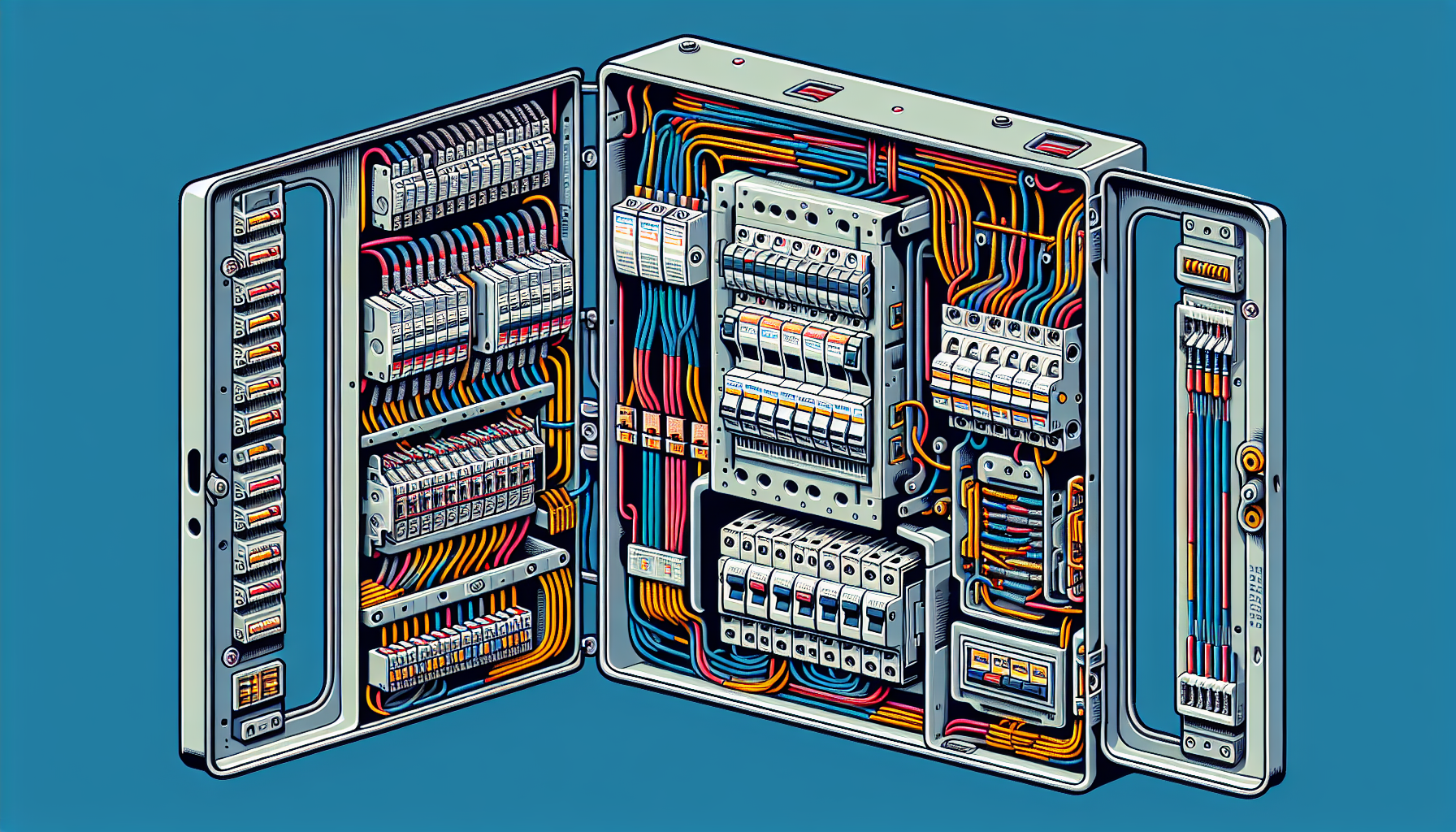
Definition and Purpose
The basic electrical panel is a metal box that houses electrical fuses or circuit breakers. It is typically located in a utility room, basement, or garage, and its primary purpose is to receive electricity from the incoming power line and distribute it to different circuits throughout your home. The panel is essentially the control center for your electrical system, allowing you to turn on and off circuits, as well as providing overload protection to prevent electrical fires and safety hazards.
Components of the Basic Electrical Panel
The basic electrical panel consists of several key components that work together to distribute and protect electrical power in your home.
Service Entrance
The service entrance is the point where electricity from the utility company enters your home. It is usually located outside your house and includes the meter that measures your electricity consumption. The service entrance is connected to the electrical panel through a service cable, which delivers power to the main disconnect.
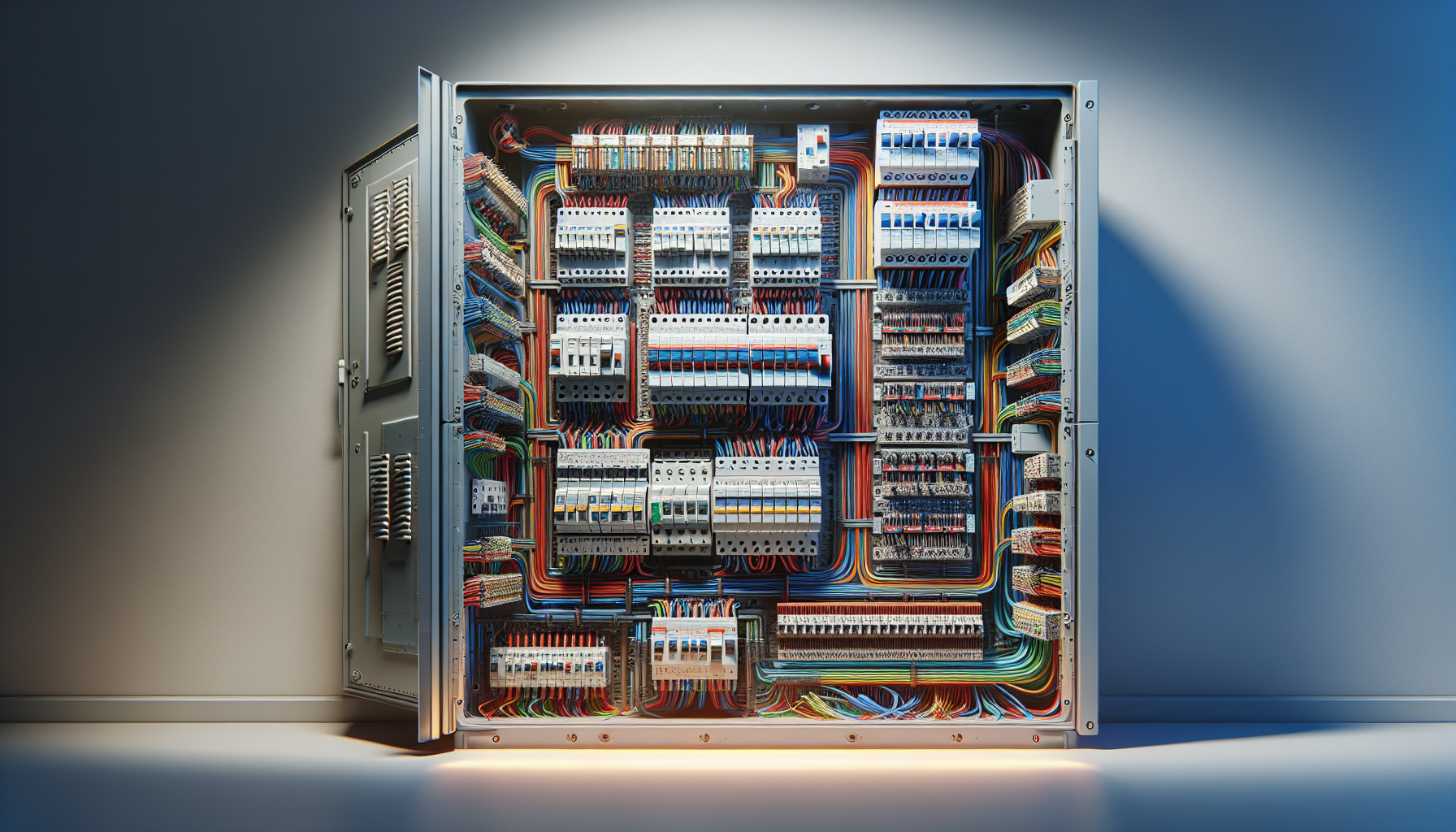
Main Disconnect
The main disconnect is a large circuit breaker or fuse that controls the entire electrical supply to your home. It allows you to shut off power to the entire house during emergencies or maintenance work. The main disconnect acts as a safety measure, ensuring that all power is cut off from your electrical system for repairs or in case of electrical emergencies.
Circuit Breakers
Circuit breakers are crucial components of the basic electrical panel. They are switches that automatically interrupt the flow of electricity if a circuit becomes overloaded or experiences a short circuit. Circuit breakers are designed to trip, or turn off, when they detect an unsafe electrical condition, preventing damage to electrical wiring and appliances and reducing the risk of electrical fires.
Grounding and Bonding
Grounding and bonding are important safety features of the electrical panel. Grounding provides a pathway for electrical current to flow safely into the ground in the event of a fault. It protects against electrical shocks and ensures that excessive electrical energy is safely discharged. Bonding, on the other hand, ensures that all metal parts of the electrical system are connected and have the same electrical potential. This reduces the risk of electric shock and helps protect against lightning strikes.
Neutral and Ground Bars
The neutral and ground bars are metal strips or bars located inside the electrical panel. The neutral bar connects all the neutral wires, while the ground bar connects all the ground wires. The neutral bar provides a path for the safe return of current to the electrical panel, while the ground bar provides a path for excess current to safely discharge into the ground. Proper grounding and bonding of the neutral and ground bars are essential for electrical safety.
Load Centers
Load centers, also known as breaker panels or distribution boards, are sections within the electrical panel where the circuit breakers or fuses are housed. Each circuit breaker or fuse corresponds to a specific circuit in your home. The load centers are where you can easily identify and turn off individual circuits when needed, such as during electrical repairs or when dealing with a faulty circuit.
Wiring Connections
Wiring connections in the electrical panel refer to the electrical wires that connect the circuit breakers or fuses to the various circuits in your home. These connections ensure a safe and proper distribution of electricity. It is crucial to have proper wiring connections in the panel to prevent electrical hazards, such as overheating or short circuits.
Safety Measures
When dealing with the basic electrical panel, it is important to follow safety measures to ensure your well-being and the integrity of your electrical system. Always shut off the main disconnect before working on the panel to prevent electrical shock. Avoid touching exposed wiring or components inside the panel, as they may carry dangerous levels of electricity. If you are unsure about any electrical work or if you experience any issues with your electrical panel, it is best to consult a licensed electrician for assistance.
In conclusion, the basic electrical panel is the heart of your home’s electrical system. It distributes power to all the circuits in your house and protects against electrical hazards. Understanding the components and functions of the electrical panel is essential for homeowners to ensure the safety and efficiency of their electrical systems. By following safety measures and consulting professionals when needed, you can maintain a safe and reliable electrical system in your home.

